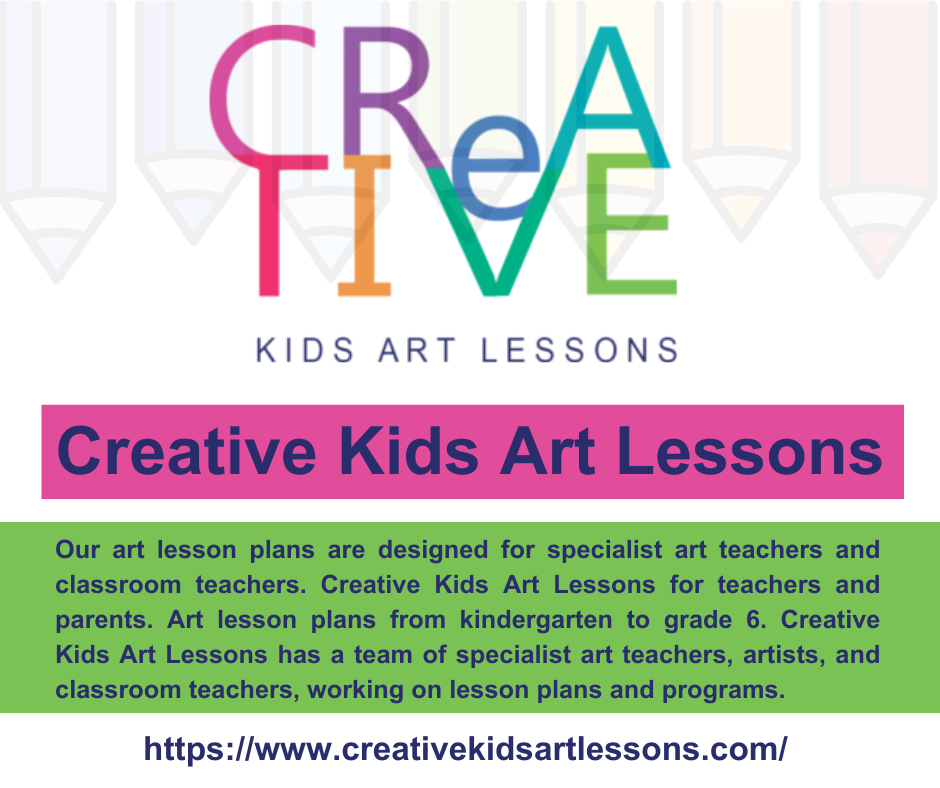Creating engaging and effective art lesson plans for kindergarteners requires a delicate balance of structure and creativity. These early experiences play a crucial role in developing a child's cognitive abilities, motor skills, and emotional expression through artistic exploration.
Introduction to Artistic Expression
Kindergarten art lesson plans serve as an introduction to the world of artistic expression. At this tender age, children are eager to explore their creativity and make sense of the world around them through visual means. The primary goal of these lessons is to encourage self-expression and boost confidence in their artistic abilities.
Structuring the Lessons
The structure of kindergarten art lessons revolves around simplicity and hands-on activities. Begin with basic elements such as colors, shapes, and textures. For example, a lesson on colors can involve exploring primary and secondary colors through fun activities like finger painting or mixing paints. This not only teaches them about color theory but also enhances their sensory experiences.
Theme-Based Approach
Introducing themes can make art lessons more engaging and relevant to kindergarteners. Themes like seasons, animals, or community helpers provide a framework for creativity while connecting art to other subjects. For instance, a lesson on seasons can involve creating collages of different weather scenes using torn paper and cotton balls for snow.
Incorporating Play and Exploration
Kindergarten art lessons should prioritize play and exploration. Provide a variety of materials such as crayons, markers, clay, and natural objects like leaves and feathers. Allow children to experiment freely with these materials, encouraging them to discover different textures and techniques. This fosters a sense of curiosity and independence in their artistic journey.
Encouraging Collaboration and Reflection
Art lessons also serve as a platform for social interaction and collaboration. Group activities such as mural painting or collaborative storytelling through art promote teamwork and communication skills. Additionally, encourage children to reflect on their artwork by asking open-ended questions like "What do you like about your creation?" This helps them articulate their thoughts and emotions.
Conclusion
In conclusion, kindergarten art lesson plans should be designed to ignite creativity, foster self-expression, and develop essential skills through enjoyable activities. By incorporating structure, themes, play, and reflection, educators can create a nurturing environment where young artists can thrive and grow. These early artistic experiences lay a strong foundation for future learning and appreciation of the arts.
